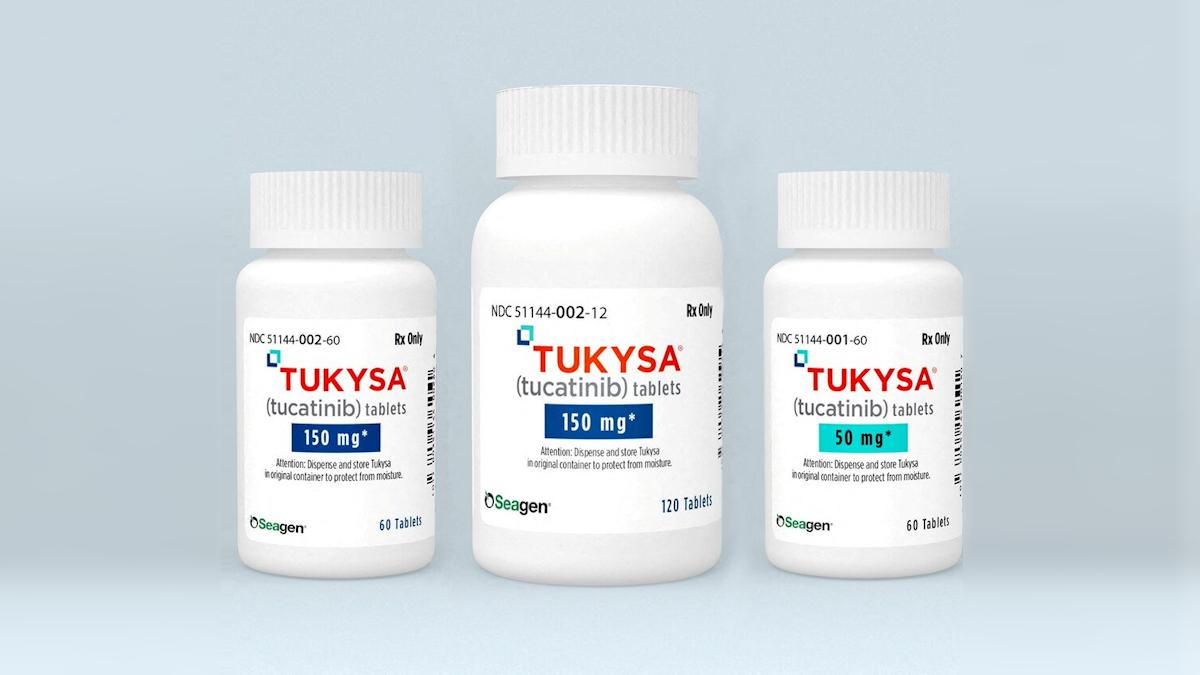Breaking barriers to patient access in rare oncology

As technological advances unlock a more nuanced understanding of disease – and exciting opportunities for personalised medicine – some cancers are now being redefined as rare diseases. OPEN VIE explores the challenges in ensuring breakthrough innovation reaches everyone that needs it.
In a world of increasing complexity, the primary goal of any health system is remarkably simple: to ensure patients have access to the best care and the best treatments for their condition. However, in a healthcare environment characterised by high demand and finite resources, meeting that objective is less straightforward, particularly when it comes to accessing breakthrough medicines. With affordability now one of the biggest factors in health decision-making, today’s pharma companies are under tremendous pressure to demonstrate the value of their innovations to a broad range of stakeholders, each with different definitions of value. To do so, they must capture the right evidence – but, as therapeutic understanding becomes more nuanced and stakeholder needs more diverse, it isn’t easy. It’s even harder in rare diseases, where patient populations and clinical programmes are naturally smaller. So how can companies build a robust evidence-base to convince regulators, physicians, payers and patients that a rare treatment merits reimbursement and adoption? It’s all about preparation, collaboration and innovation.
Major advances in technology, particularly genomic sequencing, have driven a rise in orphan diseases. This is certainly the case in cancer where genomics has informed a deeper understanding of disease and progression, enabling tumour types to be broken down further into subgroups according to the genetic mutation that causes them, subsequently being classified as rare. As a result, the development of personalised medicines for less common tumour types has increased, with oncology forecast to become the leading orphan disease category (accounting for 50% of the global market) within the next five years. Tumour agnostic therapies are being assessed in basket trials of a variety of tumour types expressing the target genetic mutation to differing extents, resulting in significant variation in outcomes and making health technology appraisal a challenge. This evolution is therefore creating an inadvertent paradox: while patients’ prospects are greatly enhanced by the advent of more targeted treatments, their ability to gain timely access to them is made harder by the challenges pharma companies face in demonstrating meaningful value with limited evidence.
• Read the full article in pharmaphorum's Deep Dive digital magazine













